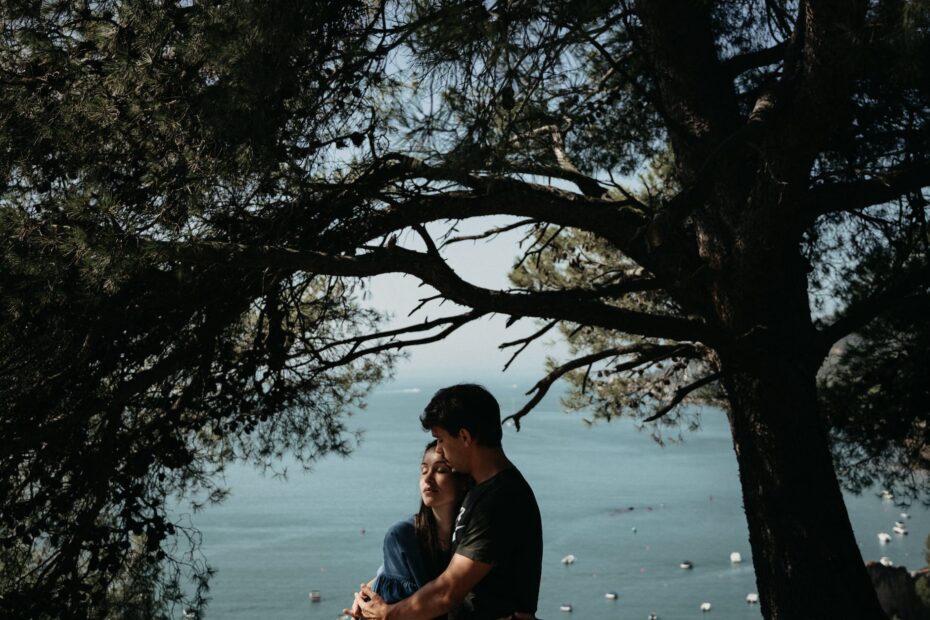Romanticism, a cultural and artistic movement that emerged in the late 18th century, continues to captivate our imagination with its emphasis on emotion, individuality, and the sublime. This literary and artistic movement celebrated the power of human emotion and nature, rejecting the rationalism of the Enlightenment era. In this article, we delve into the five defining characteristics of Romanticism that have left an indelible mark on literature, art, and philosophy.

Table of Contents
- Introduction
- Emotional Expression as a Central Theme
- Reverence for Nature and the Sublime
- Celebration of Individualism and Imagination
- Critique of Industrialization and Urbanization
- Exploration of Supernatural and Mysticism
- Conclusion
- Frequently Asked Questions
Introduction
Romanticism was more than just an artistic movement; it was a revolt against the societal norms of its time. It championed the raw and unfiltered human experience, breaking away from the constraints of reason and embracing the untamed aspects of life.
5 Characteristics of Romanticism
Emotional Expression as a Central Theme
At the heart of Romanticism lies an intense focus on emotion. Romantic artists and writers sought to evoke deep emotional responses from their audience. Through poetry, literature, and art, they explored the spectrum of human emotions, from passion and love to melancholy and despair. This emphasis on emotion allowed for a more profound connection between the creator and the audience, fostering empathy and understanding.
Reverence for Nature and the Sublime
Romanticism celebrated the grandeur of nature and its ability to evoke powerful emotions. Artists and writers often depicted the sublime—nature’s overwhelming and awe-inspiring aspects that stirred feelings of both admiration and terror. The works of Romantic poets like William Wordsworth and John Keats highlighted the beauty and spiritual significance of the natural world, inviting readers to reconnect with their surroundings.
Celebration of Individualism and Imagination
Romanticism exalted the individual’s uniqueness and inner world. It encouraged people to embrace their distinctiveness and reject societal norms that stifled creativity. The movement placed a premium on imagination, viewing it as a wellspring of inspiration. Through vivid imagery and fantastical storytelling, Romantics transported readers to new realms and encouraged them to explore the depths of their own minds.
Critique of Industrialization and Urbanization
As the Industrial Revolution transformed landscapes and societies, Romantic thinkers criticized its impact on human connection and the environment. The movement highlighted the alienation caused by urbanization and the loss of natural beauty due to industrial expansion. Romantics, such as William Blake, lamented the dehumanizing effects of mechanization and advocated for a return to simpler, more harmonious ways of life.
Exploration of Supernatural and Mysticism
Romanticism flirted with the mystical and the supernatural, challenging the boundaries between reality and the unknown. The fascination with the supernatural can be seen in Gothic literature, where eerie castles and paranormal occurrences abound. This exploration of the unexplained reflected humanity’s curiosity about the mysteries of existence and the afterlife.
Conclusion
Romanticism’s legacy endures in our appreciation for emotion, nature, individuality, and the boundless reaches of human imagination. This movement disrupted established norms, urging us to delve deeper into our souls and connect with the world around us in profound ways.
Frequently Asked Questions
- What time period did Romanticism emerge in? Romanticism emerged in the late 18th century and reached its peak during the 19th century.
- Who were some famous Romantic poets? Famous Romantic poets include William Wordsworth, Samuel Taylor Coleridge, and Lord Byron.
- How did Romanticism influence art? Romanticism influenced art by prioritizing emotion, nature, and individualism, leading to breathtaking landscapes and emotionally charged portraits.
- Did Romanticism have a political impact? Yes, Romanticism had a political dimension, as some Romantics expressed revolutionary ideals and critiqued societal injustices.
- How does Romanticism continue to influence modern culture? Romanticism’s themes of emotion, nature, and imagination still resonate in literature, music, and the way we perceive the world.
